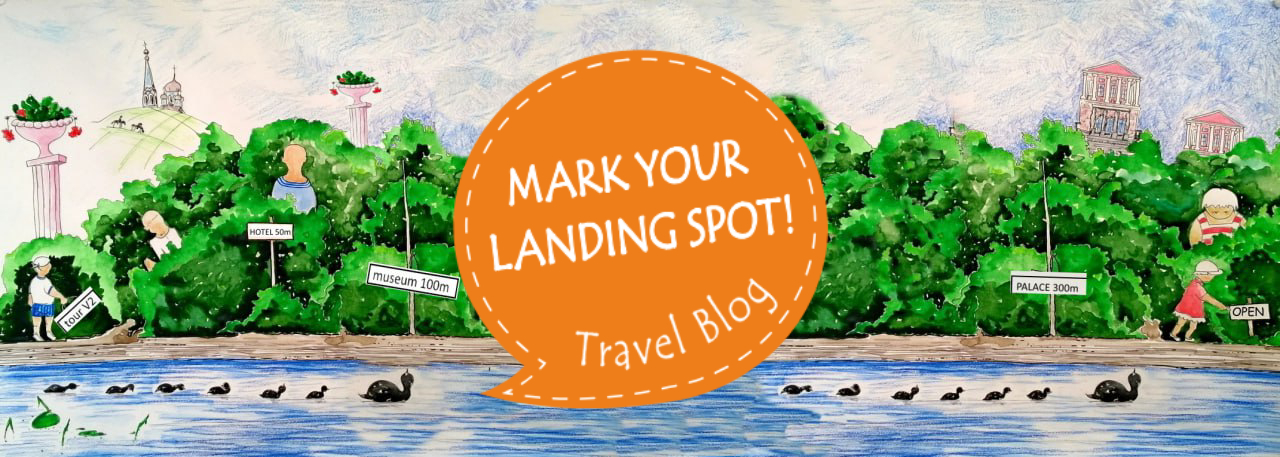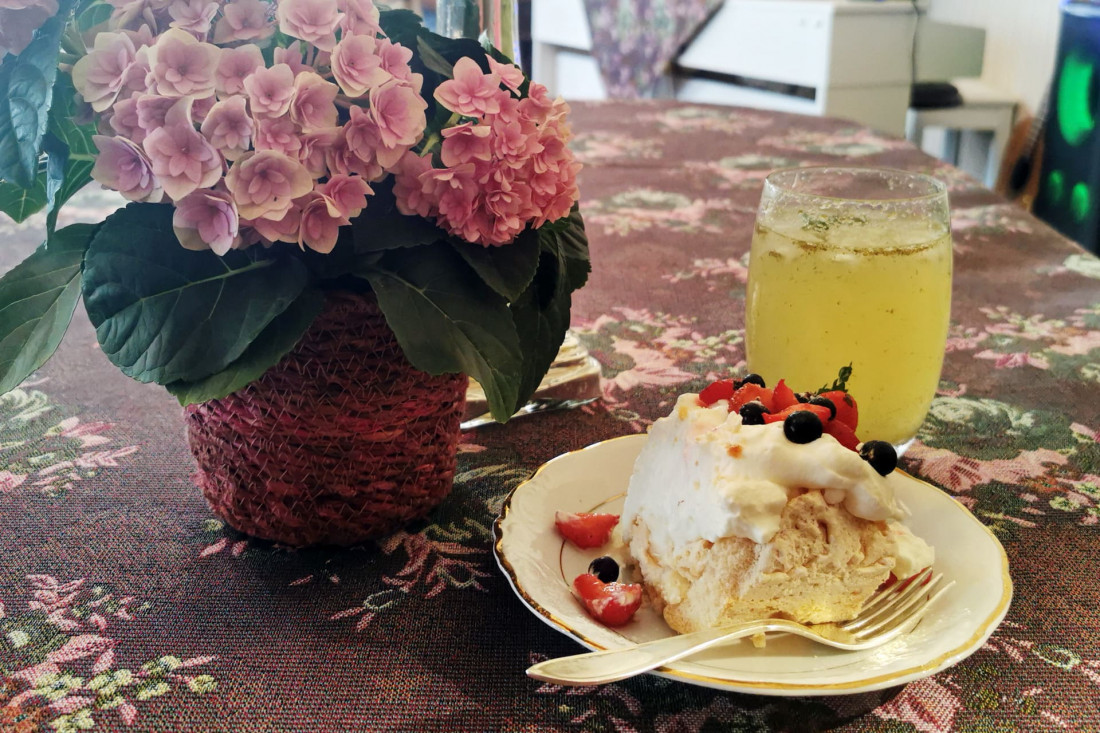Pavlova in Estonia is a surprise at first glance — but once you try it, it makes sense.
Today in Estonia, it’s minus twenty. I’ve just trudged through the snow to feed the birds, while friends in Australia report beach weather and ripe mangoes. And yet, across these two climate extremes, there’s one thing we oddly share — Pavlova.
The Story Behind Pavlova Dessert
Pavlova is made from a base of meringue: crisp on the outside, soft and marshmallowy inside, topped with whipped cream and fruit. It’s light but rich, simple in theory, tricky in practice. To get that perfect texture, you need to whip egg whites with sugar, cornstarch, a pinch of salt, a splash of vinegar, and a bit of magic. Or at least confidence.
The dessert was created sometime in the 1920s, in honor of Russian ballerina Anna Pavlova after her tour of Australia and New Zealand. Her light, ethereal dancing inspired a chef to create something just as delicate — and possibly just as dramatic if you mess up the baking time.
The two countries still argue over who made it first. Meanwhile, Pavlova in Estonia quietly took root and never looked back.
Pavlova in the Forest: How Estonia Made It Its Own
You won’t find Pavlova on every menu, but it shows up surprisingly often — especially in places where you least expect it. Classic versions with berries, modern twists with buckthorn or chocolate, seasonal takes in cafés and bakeries — it’s made its way into Estonian hearts (and dessert cases).
Once, while exploring the depths of the Estonian countryside, I found myself in a tiny restaurant attached to a sheep farm. No town nearby, barely a sign pointing the way — but inside? The cakes were beautiful, the coffee strong, and yes, there was Pavlova. Light as air, topped with garden raspberries. Not surprising at all. In Estonia, even a farm café in the forest knows how to do dessert right.
Maybe that’s why Pavlova in Estonia works. Estonia has a soft spot for meringue-based desserts. There are roulades, berry-topped pastries, and other whipped-sugar creations. Pavlova just fits — elegant, not too sweet, a little fragile, and a little bold.
It’s not tied to Christmas or any particular holiday. People eat it when they want something beautiful. And you don’t need to know who invented it to enjoy it.






